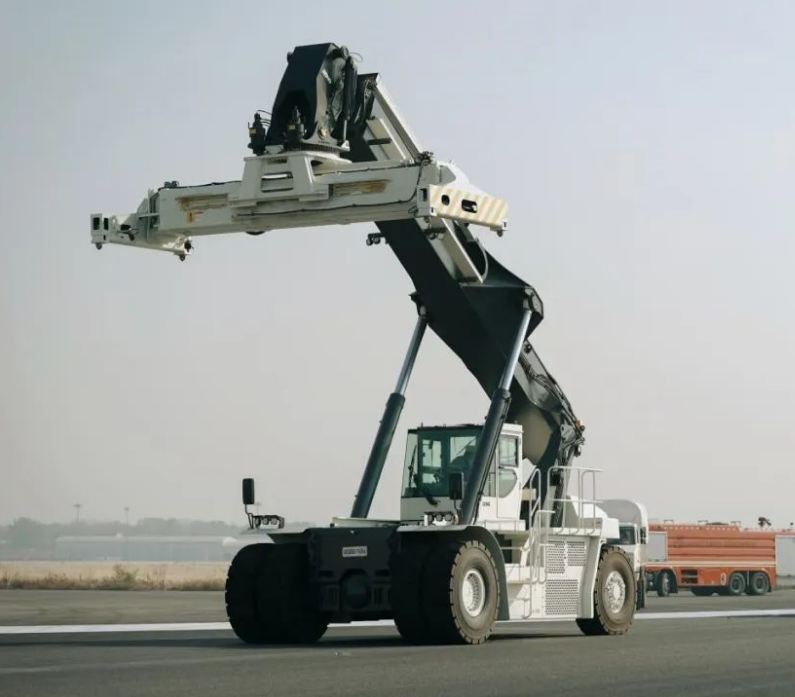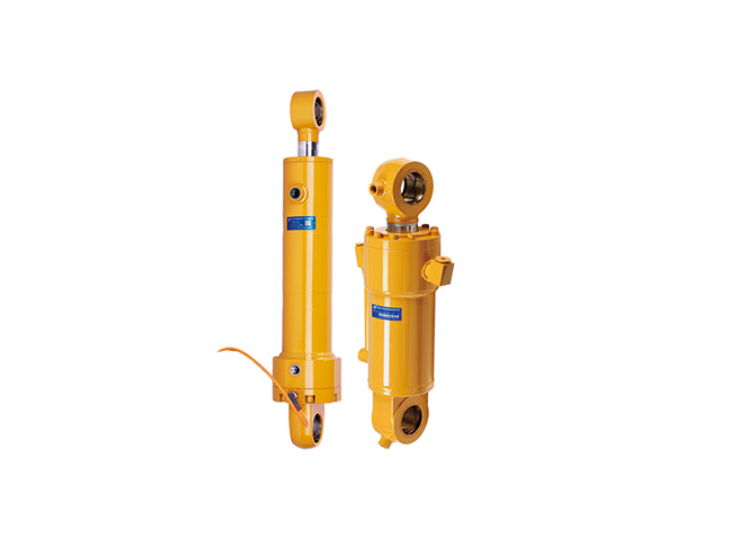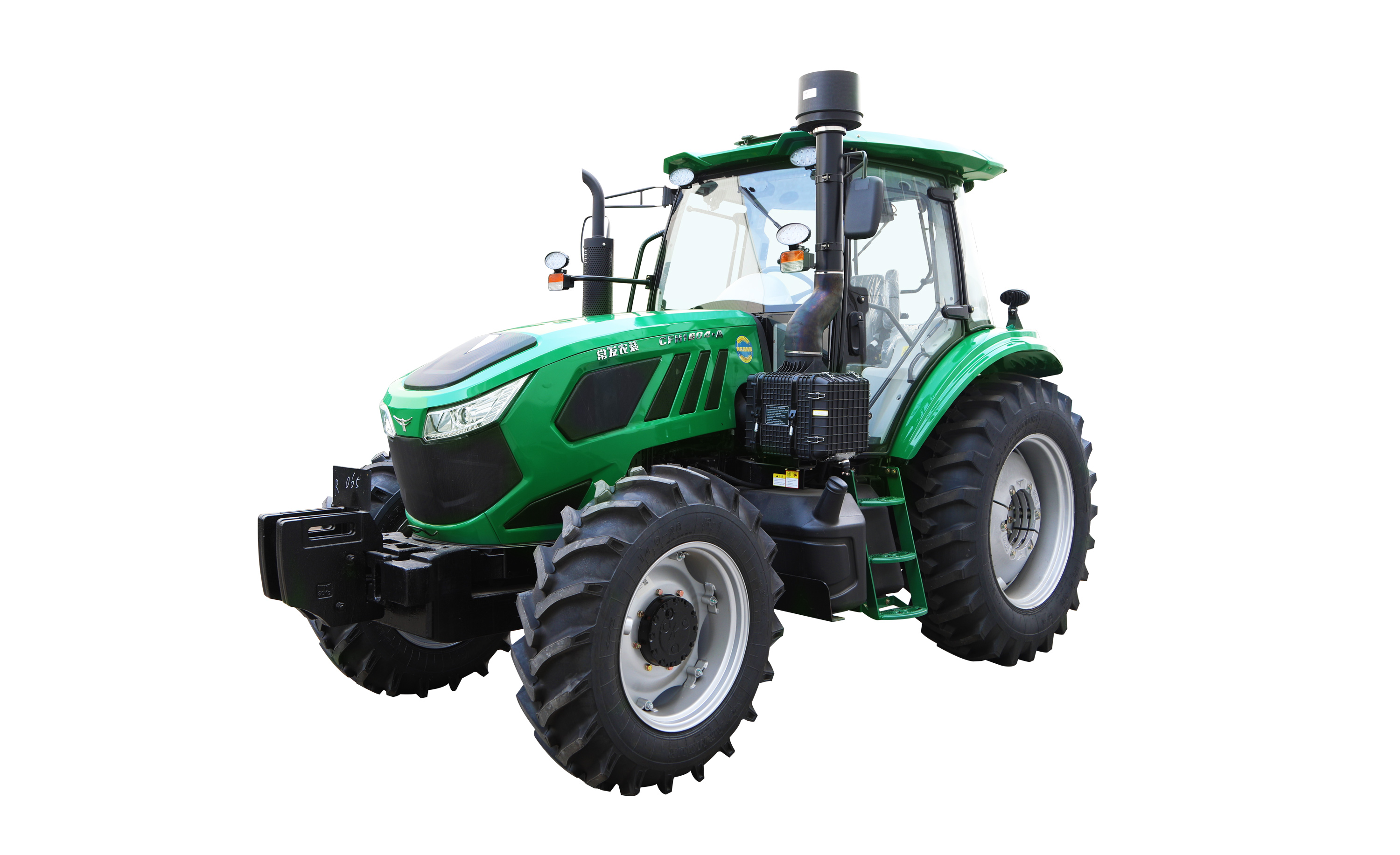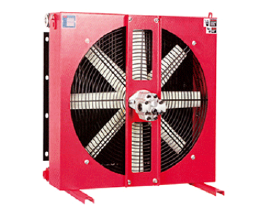- What is The Hydraulic Cylinder?
The hydraulic cylinder is a type of tube that produces linear actuation using hydraulic pressure. A hydraulic cylinder can be used for many different applications, including lifting, pushing, pressing, even for some types of industrial work.
Hydraulic cylinders are made up of a steel tube, a piston and a rod that sticks out on one side (can be both sides for a double rod cylinder). They are typically welded together. The cylinder barrel is then shaped, bored to minutely accurate measurements and finished with specialist coatings and seals. The cylinder is then fitted to the machinery, and the whole assembly is carefully inspected and tested to make sure it meets all industry standards and specifications.
For example, hydraulic cylinders in the oil and gas industry have to be extremely robust to withstand high temperatures, pressures, and exposure to water and chemicals. This means they are usually fabricated from stainless steel or alloy combinations that are resistant to rusting, corrosion and wear.
- What are the components of Hydraulic Cylinder?
Hydraulic cylinders are an essential part of any hydraulic system. They are used in a variety of industries to lift, lower or move equipment; they convert incompressible hydraulic fluid energy into work.
Hydraulic cylinders have many components, all of which are designed to function together. The most important is the cylinder barrel, which contains a piston that moves back and forth within the cylinder.
The cylinder barrel is made of steel or stainless steel and has to be able to withstand the pressure that is applied to it throughout its lifespan. This can vary greatly depending on the cylinders intended use, with greater pressures requiring thicker walls and stronger steels.
A cylinder rod protrudes out of the cylinder barrel and is attached to the piston inside of the cylinder. This rod needs to be smooth and resistant to pitting, corrosion and wear.
In addition, it is very important that the coating on this cylinder rod be resistant to peeling or cracking.
The various parts of a hydraulic cylinder are machined in specialist machinery to ensure they are accurate and fit perfectly together. These are then coated in a range of different materials, depending on their intended use. These can include chrome or specialist coatings, such as Corex.
- Hydraulic Cylinder Function
Hydraulic cylinders function in a hydraulic system by converting the fluid pressure into force that can push, pull, and lift a load. They are used to power a variety of equipment, such as machinery, pumps, compressors, and tractors.
- Hydraulic Cylinder Applications
Hydraulic cylinders are the moving force behind many commercial and industrial manufacturing concerns. A simple example is the compression of refuse in a garbage truck. Hydraulic cylinders are responsible for this action. Other applications of such cylinders are found in the following industries:

(1)Aerospace industry: Particularly for such devices as landing gears and wing flaps.
(2)Aerial Work Platforms (AWP).
(3)Agricultural: Small spraying equipment as well as harvesters, loaders and tractors.
(4)Automotive.
(5)Civil Engineering: Bulldozers, excavators, trenchers as well as attachments.
(6)Construction: Concrete pumps and paving applications.
(7)Energy: Flow controls for water gates.
(8)Food, production and manufacturing.
(9)Forestry and logging.
(10)Motorway repairs and maintenance.
(11)Mining.
(12)Materials handling: Single acting hydraulic cylinders for sale are commonly employed in such equipment.
(13)Mechanical engineering: Operation for feeding devices as well as automated production lines, plastic forming machines and transportation devices.
(14)Oil and gas industries.
(15)Recycling plants: Compressing scrap metal and other materials.
(16)Shipbuilding: Steering devices.

 中文
中文 English
English Español
Español Français
Français








